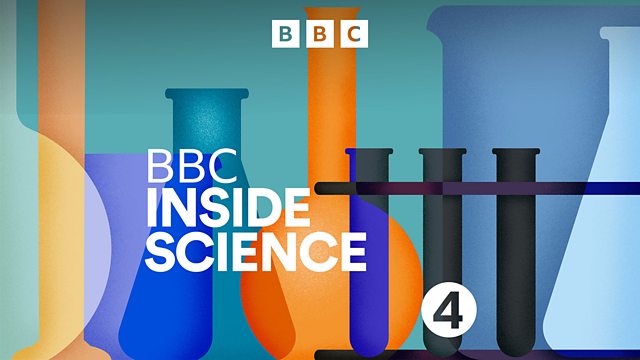Exploring the New Environmental Improvement Plan
A deeper look at the government's Environmental Improvement plan, controversy over insecticides and bee populations, deep sea vibrations and chimps with human-like eyes.
Defra, the department for Environment, food and Rural affairs, released its latest Environmental Improvement plan this week. Many environmental groups have criticised the plan for having vague commitments, and landowners are asking where the money is going to come from if say farmers are going to move land out of production and into conservation. For a view away from these vested interests we’ve turned to the Office of Environmental protection – the body set up after Britain left the EU to scrutinise government environmental policy. Chief Executive Dame Glenys Stacey, and Chief Insights Officer, Professor Robbie McDonald.
Last week the UK passed an emergency exemption allowing sugar beet farmers to use a controversial neonicotinoid pesticide called Thiamethoxam. This is the third year in a row that the exemption has been in place and the decision came just days after the EU banned such exemptions across Europe. A discussion in parliament yesterday saw MPs criticise the move due to the impacts of neonicotinoids on already crashing Bees populations. We spoke to Dr Richard Gill at Imperial College London about exactly how these insecticides impact bees.
There are volcanic islands dotted across the globe but exactly what caused their formation and how might they change in the future? Professor Ana Ferreira at University College London is a seismologist leading an ambitious study to measure deep vibrations and disturbances around volcanic islands in the Atlantic Ocean. She told us about the challenges of recording from the ocean floor and the other unexpected disturbances they detected.
As humans our eyes are one of our most valuable and expressive social tools. The whites of our eyes or sclera enable us to follow each others gaze and look our for minute changes in mood, a feature that until recently was thought to be unique to humans setting us apart from animals in our ability to communicate. But Anthropologist Aaron Sandel at The University of Texas in Austin has noticed that white sclera is in fact present in one of our closest relatives; the chimpanzee.
Presenter: Gaia Vince
Producers: Julian Siddle and Emily Bird
Inside Science is produced in Collaboration with the Open University
Last on
More episodes
Previous
Next
Broadcasts
- Thu 2 Feb 2023 16:3091�ȱ� Radio 4
- Thu 2 Feb 2023 21:0091�ȱ� Radio 4
Explore further with The Open University
91�ȱ� Inside Science is produced in partnership with The Open University.
Podcast
-
![]()
91�ȱ� Inside Science
A weekly programme looking at the science that's changing our world.


